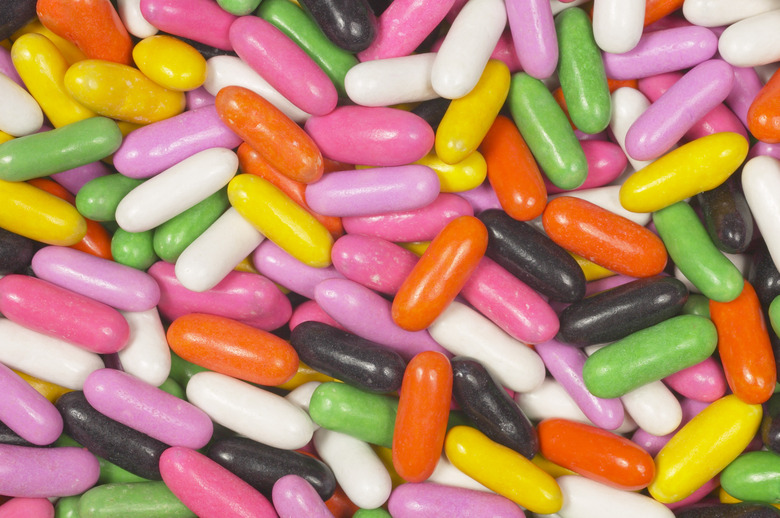How To Explain Division To A Third Grader
After mastering addition and subtraction, third grade students usually begin learning about basic multiplication and division. These math concepts can be difficult to grasp, so use a few different techniques to explain division to a third grade student rather than focusing solely on worksheets and drills.
Opposite of Multiplication
Opposite of Multiplication
Third grade students usually have a basic grasp on multiplication before they begin learning about division. Presenting division as the opposite process of multiplication can help them grasp the concept more easily. Start by reviewing addition and how subtraction is the opposite process. Explain that multiplication and division are related the same way. For example, show that 3+5=8 is related to the problem 8-3=5 because it is the same numbers, just arranged in a different way. In the same way, 4x7=28 is related to 28/7=4.
Division as Word Problem
Division as Word Problem
Students often resist word problems, but they are actually the best way to introduce abstract concepts, such as the meaning of the division symbol. Talk through a few word problems that might require division. Use examples that the third grader can relate to. For example, say that a family of two parents and two children orders a pizza that comes with 12 slices. The family of four people needs to divide the pizza evenly between them, which gives them each three slices. This problem is the same as the division problem of 12/4=3.
Hands-On Practice
Hands-On Practice
Let a third grader practice division with objects he can manipulate to solve the problems. Have the student write each hands-on problem as a traditional division problem so he can make the connection between the process and a written problem. Hand out approximately 30 small objects, such as candies, blocks or beads. Lead the student through the process of counting out the number of objects in the beginning of the problem and sorting them into a specific number of groups of equal size. For example, with the problem 18/6, the child needs to count out 18 objects. He should then put them into six groups. He can do this by putting one object in each of six different locations and then adding one to each of these six groups until he runs out. He should count the number of objects in each pile to get the answer to the division problem. Show that he can also do the problem by dividing the 18 objects into groups with six objects in each group and counting how many groups there are.
Repeated Subtraction
Repeated Subtraction
Third graders have mastered subtraction with multiple place values, so you can teach them that they can always use repeated subtraction to solve a division problem. With repeated subtraction, you subtract the smaller number from the bigger one until you get zero, and then count how many times you had to subtract the smaller number. The result is the answer to the problem of the larger number divided by the smaller number. For example, say a child needs to complete the problem of 24/8. The student can solve 24-8=16, 16-8=8 and 8-8=0. Count the number of subtraction problems needed to find that 24/8=3.
Cite This Article
MLA
May, Kristen. "How To Explain Division To A Third Grader" sciencing.com, https://www.sciencing.com/explain-division-third-grader-12138355/. 24 April 2017.
APA
May, Kristen. (2017, April 24). How To Explain Division To A Third Grader. sciencing.com. Retrieved from https://www.sciencing.com/explain-division-third-grader-12138355/
Chicago
May, Kristen. How To Explain Division To A Third Grader last modified August 30, 2022. https://www.sciencing.com/explain-division-third-grader-12138355/
